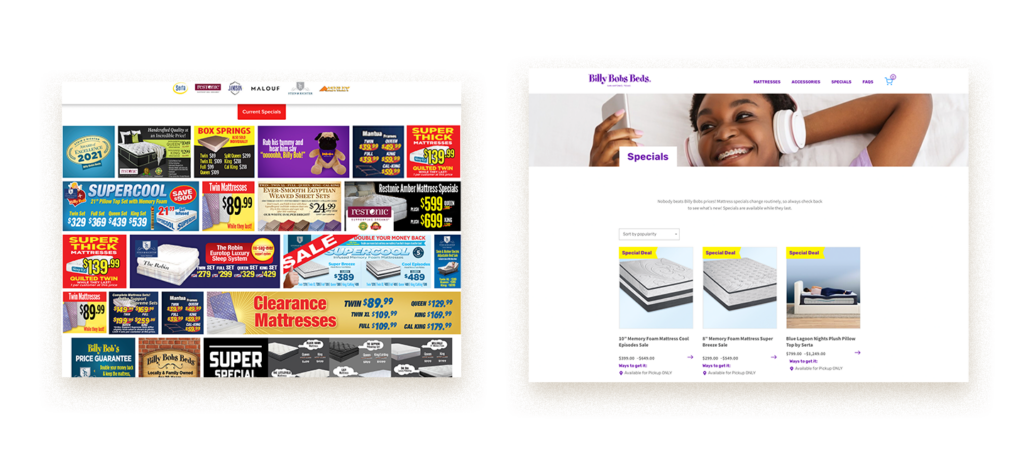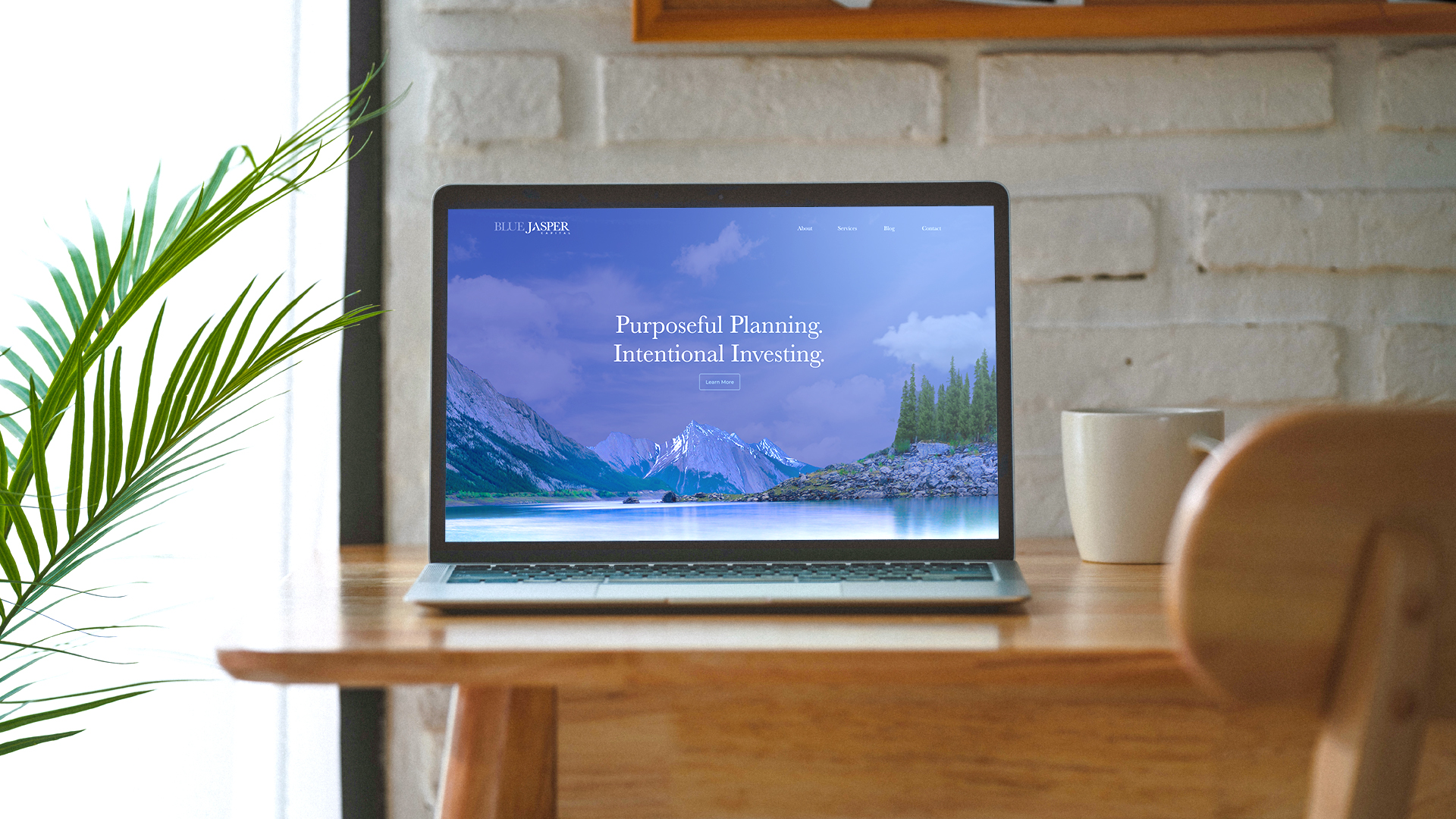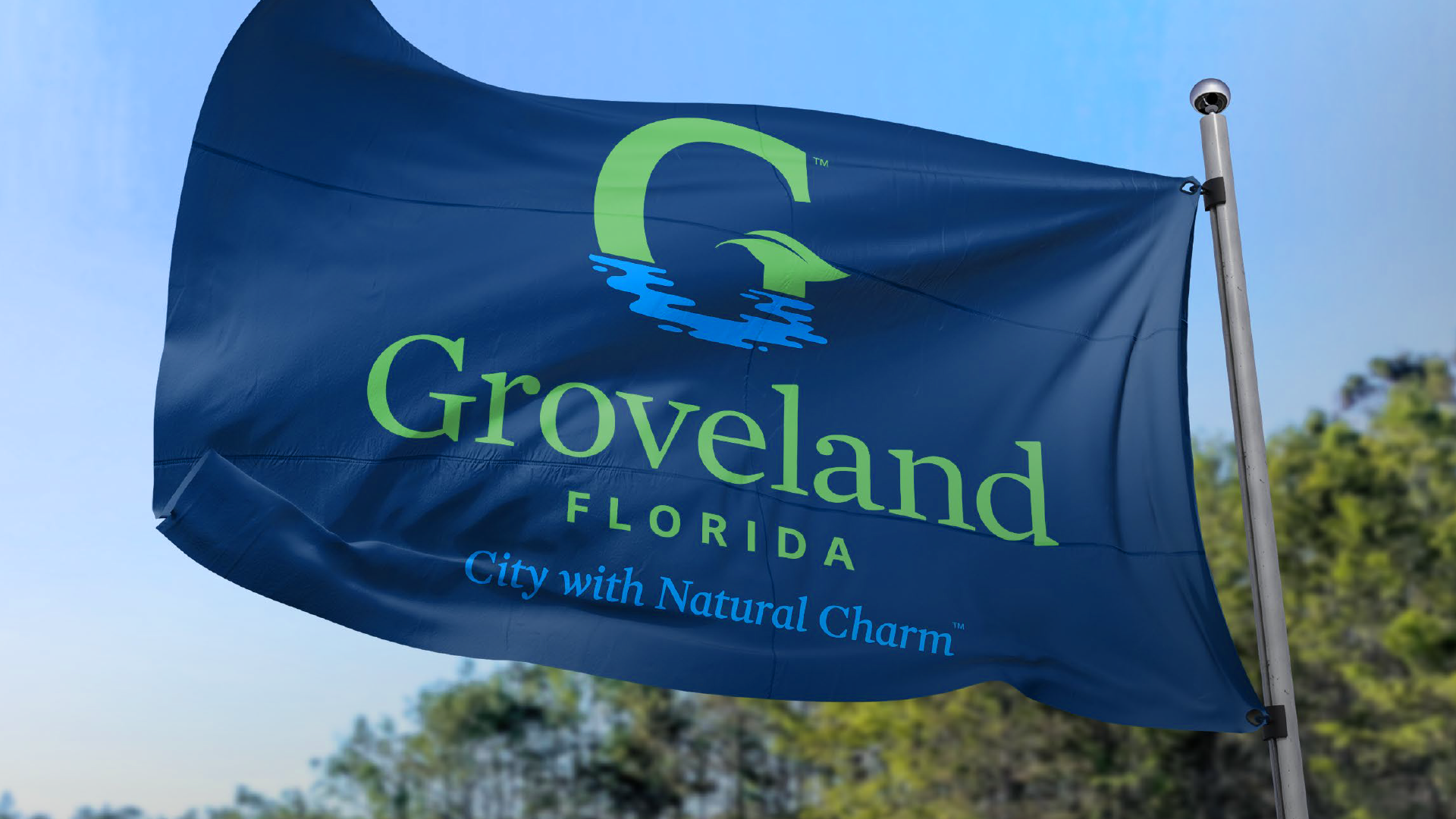10.17.23
6 Signs It’s Time for a Website Redesign
It’s time to consider a website redesign, but before diving in, it’s crucial to assess your objectives and expectations. Here are some common rationales behind companies choosing to revamp their websites:
Outdated Appearance:
An outdated website can adversely affect your business, particularly when potential customers have multiple options to choose from. Consumers are more inclined to engage with a company that boasts an attractive, user-friendly website. A modern website exudes the impression of a dynamic and tech-savvy business.
Example: Imagine you’re considering two online clothing stores. Store A has a sleek, modern website with smooth navigation and visually appealing product displays. Store B has a clunky, outdated website that looks like it hasn’t been updated in years. You’re more likely to choose Store A because it exudes professionalism and reliability.

Content Bloat and Disorganization:
Over time, websites can accumulate excess content, becoming disorganized and diminishing the user experience. When developing a new site, ensure its scalability, allowing for additional features and functionalities without necessitating a complete overhaul.
Example: Think of a news website that, over the years, has accumulated a vast amount of articles and news pieces without proper categorization. Finding relevant content becomes a frustrating task for users, and they may opt for other news sources with better organization.

Content Management Challenges:
Easy content updates are vital. A Content Management System (CMS) should facilitate seamless content additions and alterations. Furthermore, a website optimized for Search Engine Optimization (SEO) is imperative to support your marketing endeavors.
Example: Let’s say you run an e-commerce store, and you want to add new product listings, update prices, and provide information on upcoming sales. Without a user-friendly CMS, these tasks become time-consuming and may result in inconsistencies on your site, deterring potential customers.

Lack of Responsiveness:
A non-responsive website that does not offer a consistent experience across devices is a significant drawback. Users may access your site from various devices and expect a uniform and flawless experience. For instance, they wish to find products in their cart on mobile, with items retained when they revisit the site on their desktop.
Example: Consider a restaurant’s website. A non-responsive site may appear cluttered and challenging to navigate on a mobile phone. Users looking for a quick menu reference or reservations will likely leave and opt for a competitor’s responsive site.

Mismatch with Current Business Strategy:
Your website should reflect your most recent business and marketing strategy. Failure to do so can result in losing customers to competitors. Many prospective clients visit your website before making contact, and it’s imperative to present the most current state of your business.
Example: Suppose you’re a software company that has recently expanded into artificial intelligence services. If your website still focuses solely on traditional software development, potential clients looking for AI solutions may overlook your services in favor of competitors with up-to-date websites.

Functional Issues:
A website’s design is only part of the equation; robust development is equally vital. A visually appealing site with malfunctioning features can lead to customer loss. Issues like a nonfunctional shopping cart or complexity concerns need immediate attention, as continued neglect may result in significant revenue loss.
Example: An e-commerce site with a broken shopping cart system can lead to abandoned purchases. Customers might add items to their cart but abandon them when the checkout process fails. This translates into revenue loss and a negative user experience.

When you decide it’s time for a website redesign, be ready to commit the necessary resources. This process involves a deep dive into your business, including an analysis of your goals and strategies. The outcome will be an aesthetically pleasing, user-friendly website that facilitates business growth.
If you want to talk about your website, feel free to book a 15-minute call below
RECENT POSTS

Leverage Social Media Ads to Boost Your Brand’s Visibility and Drive Results

Elevate Conversions with Expert Landing Page Optimization Strategies
